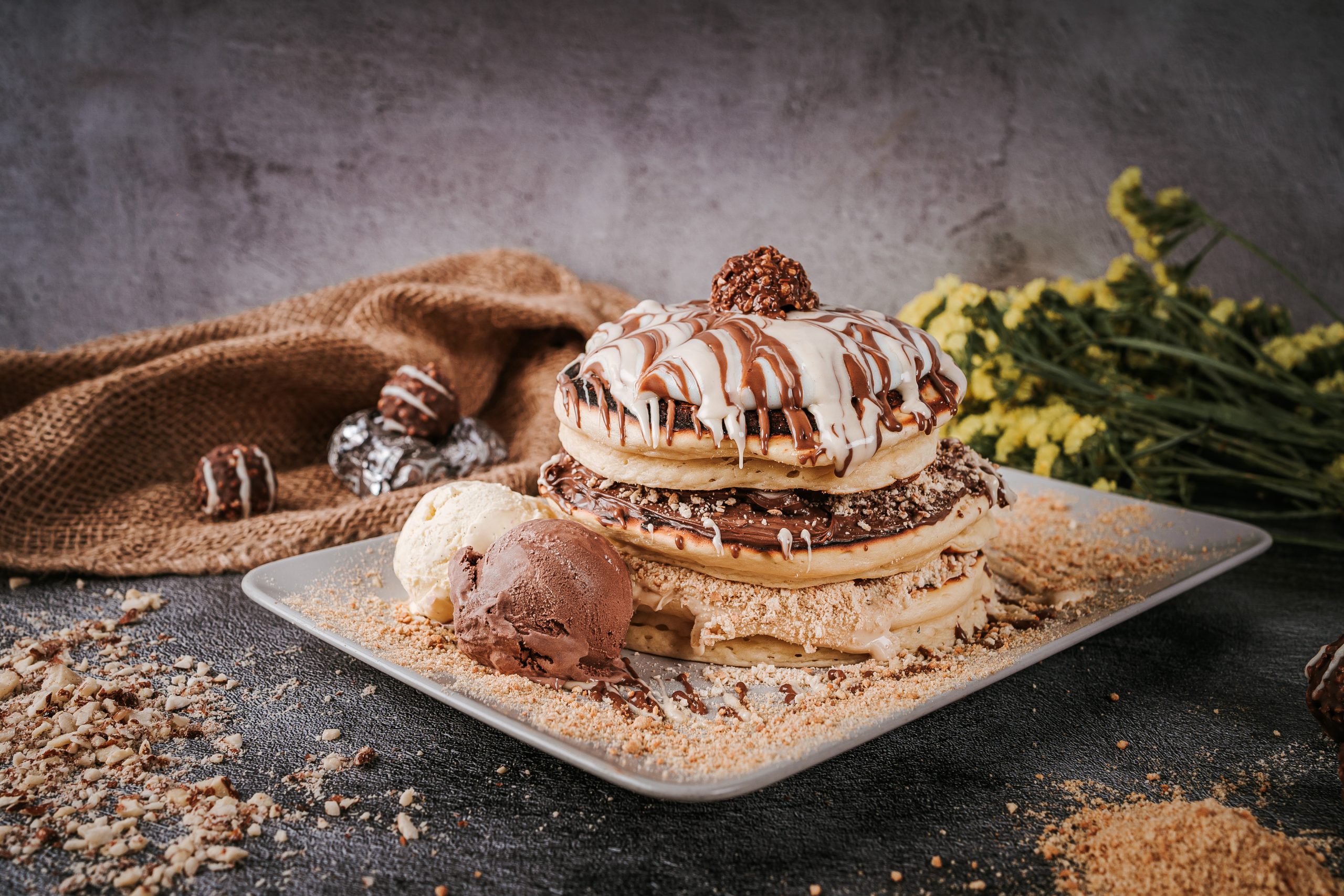
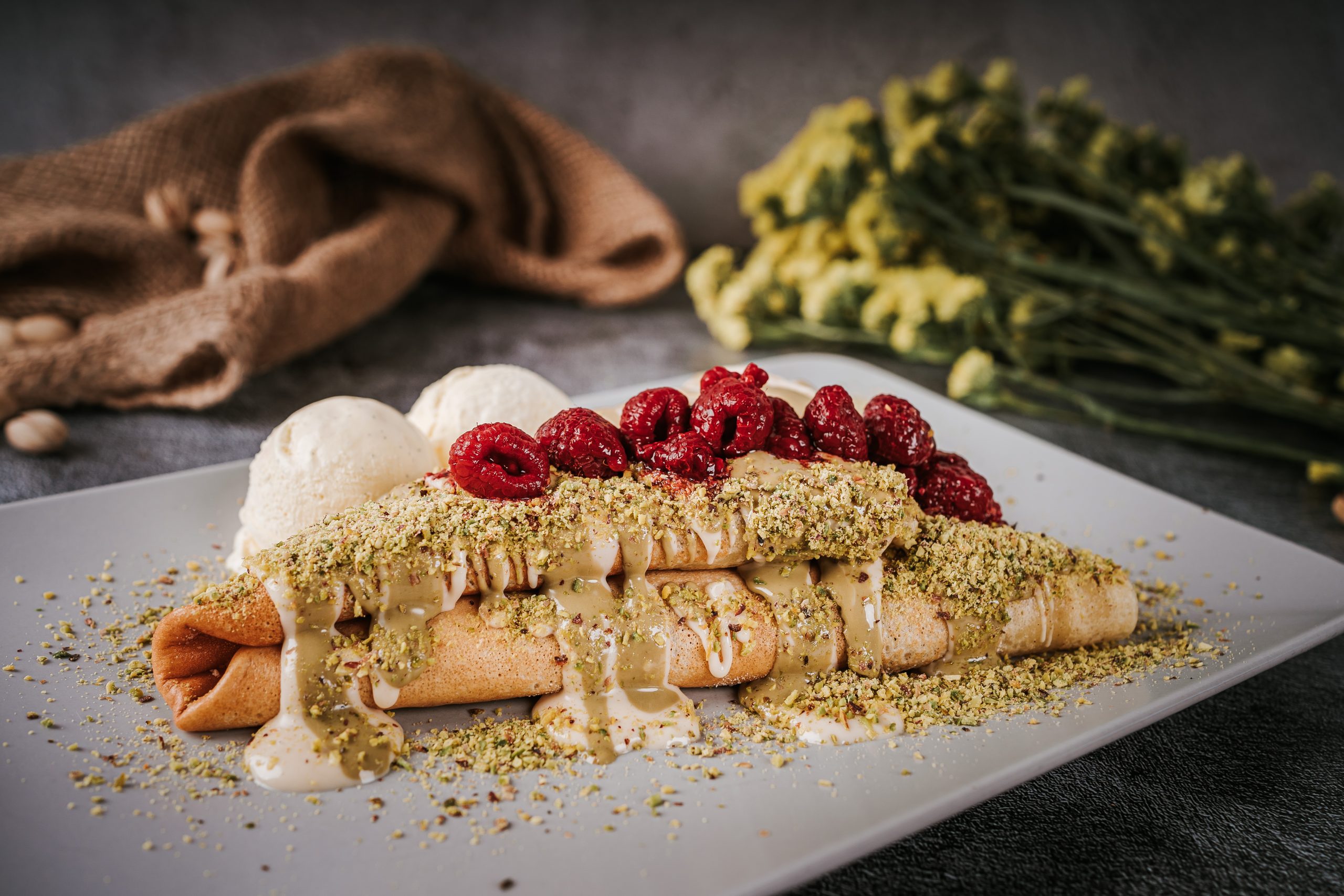
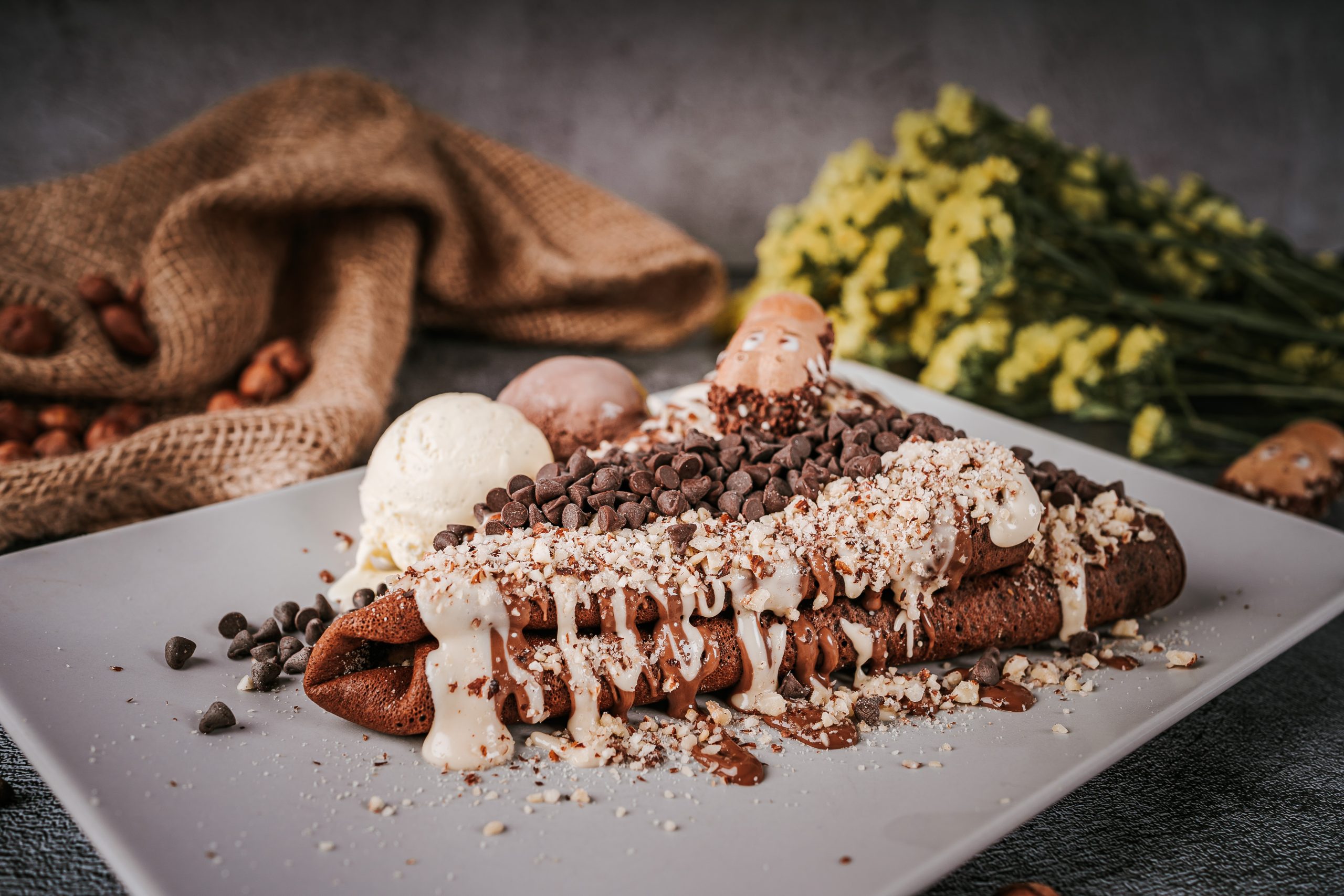

OUR HISTORY
About us
Our journey began in 2016. that year in the baroque city of Varaždin. As on the first day and until today, our guiding thread was the smile and happiness of our guests. Happiness is in the little things, our small sweet pancakes that he prepared with passion, and we always follow new trends and habits in order to offer all ages the best of the world of pancakes. We transfer the passion we have for making our pancakes to the passion for our employees, our guests and our partners.
Passion for pancakes!
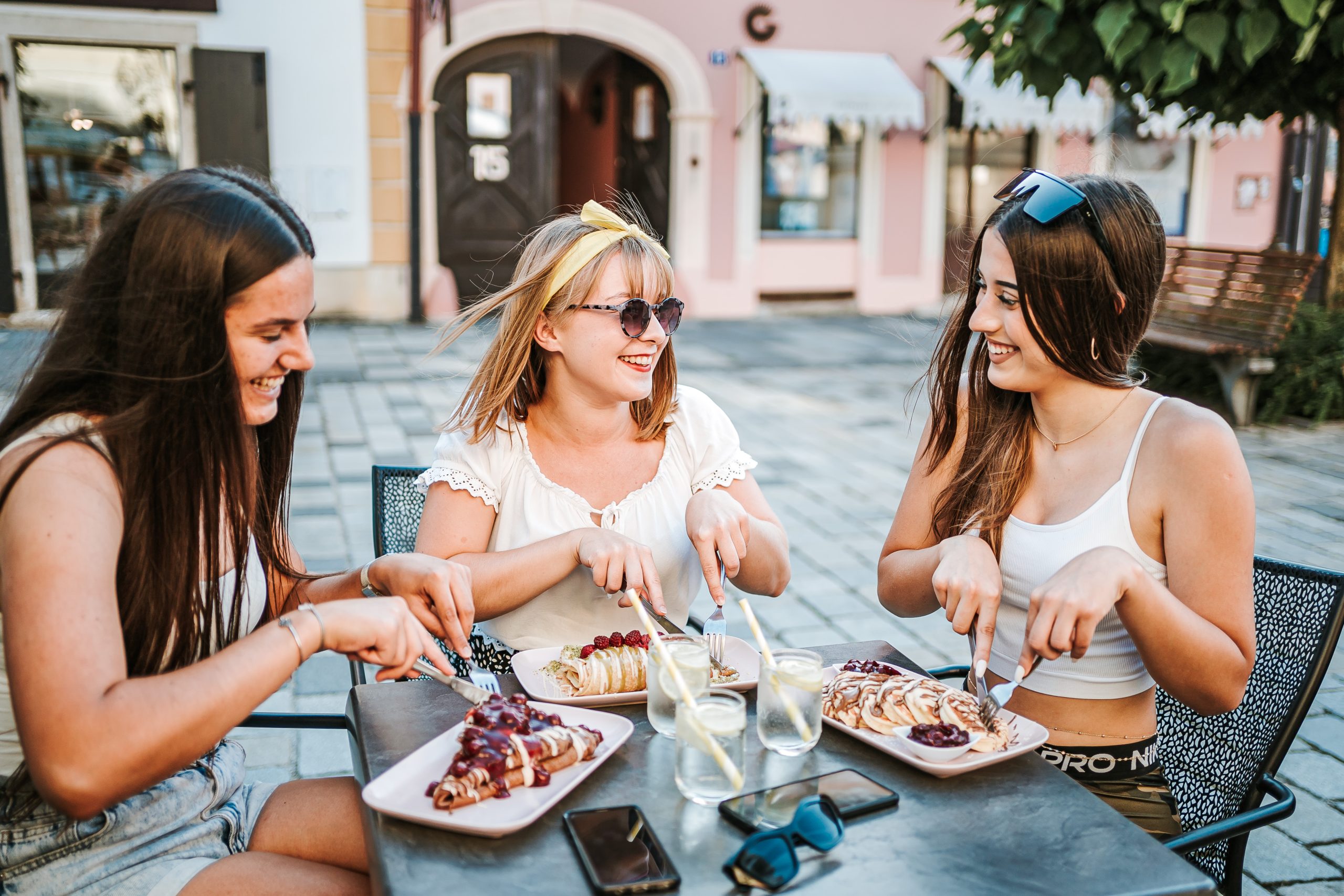
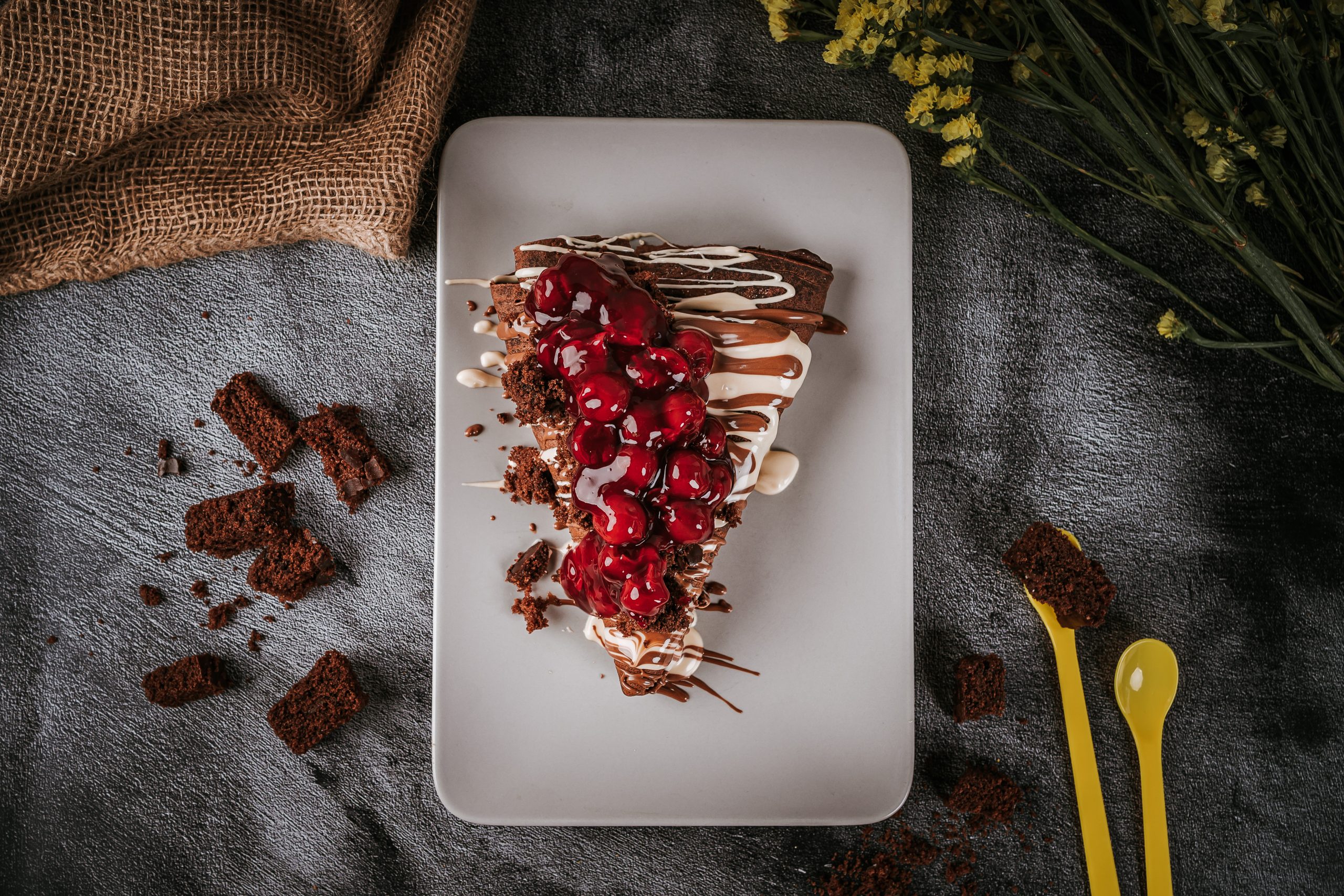

THE HISTORY OF PANCAKES
Fun Facts
Pancakes as we know them today appeared in medieval Europe. A thin, flat cake made of dough and baked in a pan, better known as a pancake, has a very long history, and it has been in cookbooks since 1439. year. It can be said that the pancake is actually the forerunner of bread.
It was found that bread was made as early as 12,000 years before Christ, from water and wild grains, probably the forerunner of today’s wheat, crushed and baked on stone slabs in caves. The bread of that time was more like tortillas (or pancakes) than what we call bread today. Also, according to ancient records, the forerunner of today’s pancakes was sweetened by the ancient Romans. The pancakes of that time consisted of milk, flour, eggs and spices, and were called Alita Dolcia (Latin: second sweet). Even then, there were sweet and savory versions of pancakes.
The famous thin French pancakes, crepes and galettes, deserve the highest marks among gourmets. Their Breton form – the so-called krampouezhenn, which are served in many different variants in France’s many specialized restaurants (fr. creperia) – has meanwhile become a household name all over the world, being sold at stalls and in smaller eateries.
Traditionally, the liquid mixture, in a very thin layer, is poured onto a hot round baking plate (fr. crepiere) and fried on both sides. To make them very thin and uniform, with a neutral taste
the mixture is quickly spread on the plate with a dough spatula.
In the French region of Brittany, pancakes are usually served with a sweet filling, such as sugar, marmalade, fresh fruit or nougat cream, and are folded and rolled up before consumption. In Brittany, there is a strict division into sweet and savory crepes, while in other provinces, especially outside of France, crepes are also called crepes stuffed with savory fillings, such as ham, cheese, eggs, fish or vegetables.
Pancake shops are an integral part of hospitality life in France. 2. In February, whole families go out for pancakes on the holiday known as Fete de la Chandeleur or Fete de la Lumière. Not only do the French eat a lot of pancakes on this day, it is also a custom to predict the future from the pancakes they prepare themselves.
